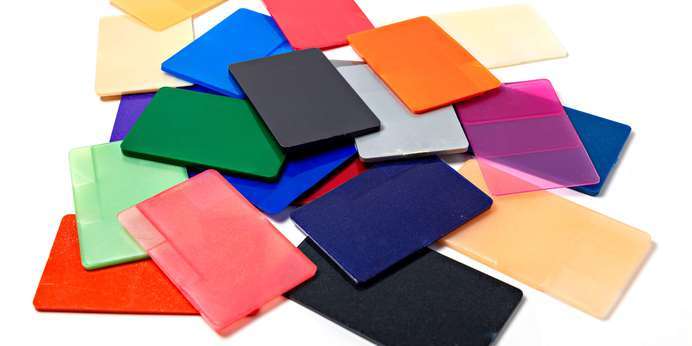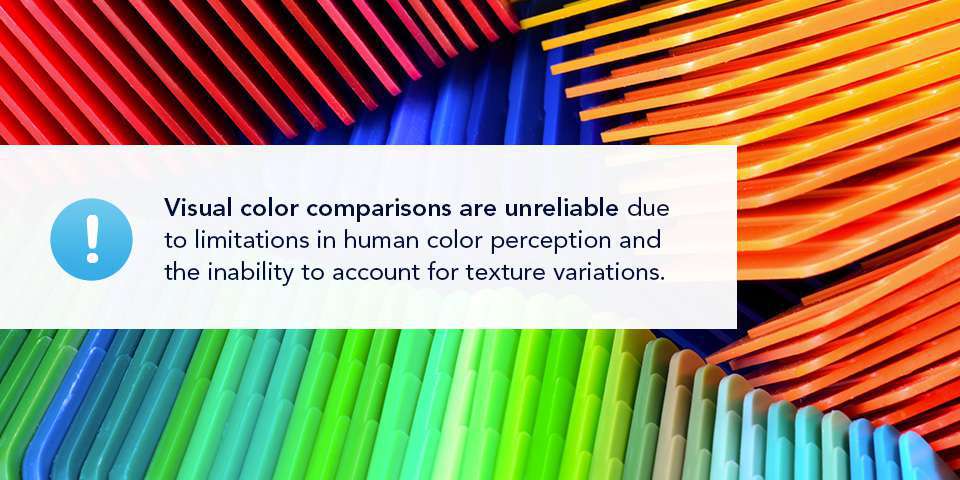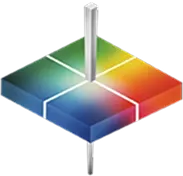
Plastic plaques play a crucial role in evaluating the color and appearance of plastic pellets, serving as a reliable medium to transform raw materials into a tangible, uniform surface for precise analysis. These plaques are pressed under controlled conditions, allowing manufacturers to assess how the pellets' color manifests when formed into a flat, consistent shape. To further enhance their utility, plaques can be produced with varying surface characteristics, such as different gloss levels and textures, to evaluate the visual impact of these properties on color perception. This process ensures that the final product meets both aesthetic and functional requirements, providing a critical quality check in industries where appearance consistency is paramount, such as automotive, consumer goods, and packaging.
Opacity and Color Measurement
Opacity refers to a material's ability to prevent light from passing through. When measuring color in opaque materials, we focus on reflectance. Reflectance is how light interacts with the plastic's surface and reflects to our eyes. Visual color comparisons are unreliable due to limitations in human color perception and the inability to account for texture variations. Spectrophotometers can standardize conditions to ensure the measurement is consistent and repeatable.


